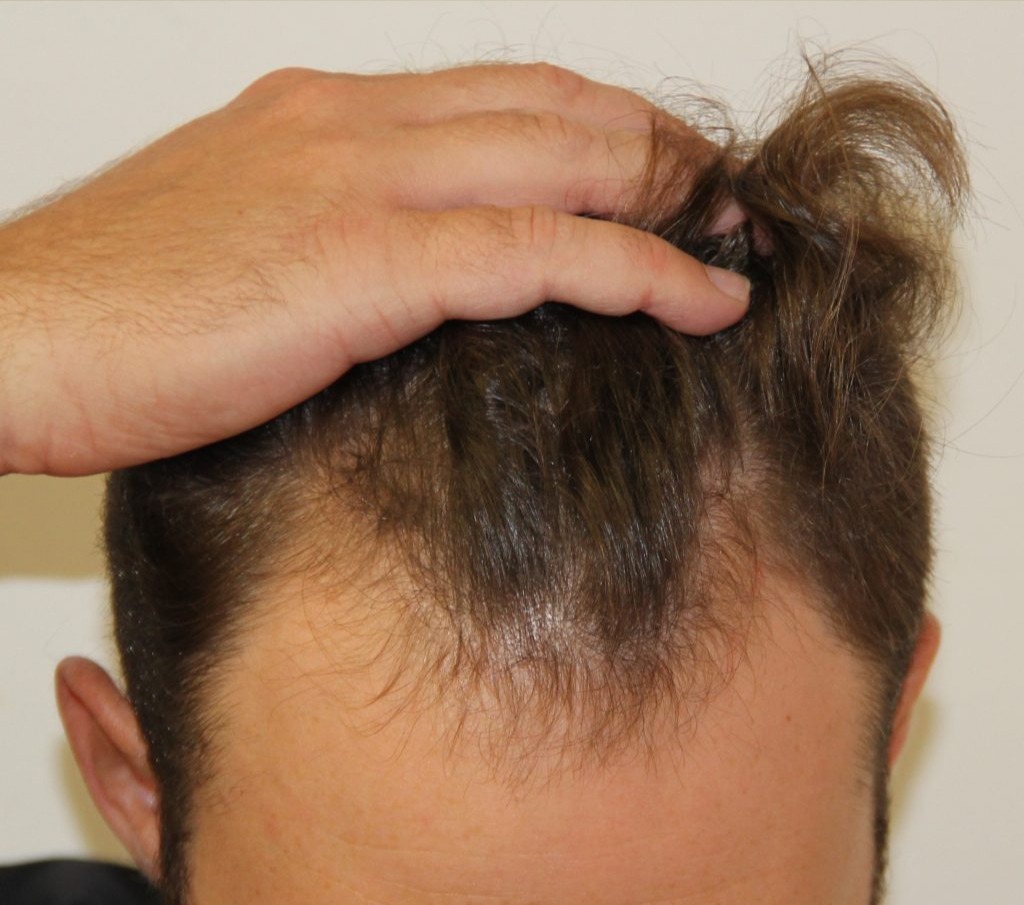For individuals facing hair loss, choosing the right restoration technique is a crucial decision. Scalp Micropigmentation (SMP), hair transplants, topical treatments, and other solutions each offer different results in terms of longevity, maintenance, and overall effectiveness. If you’re considering your options, it’s essential to compare how long each technique lasts and what kind of upkeep is required.
How Long Does SMP Last Compared to Hair Transplants and Topical Treatments?
Scalp Micropigmentation (SMP) is known for its durability, with results typically lasting 4 to 6 years before requiring a touch-up. Unlike other solutions, SMP does not involve actual hair growth. Instead, it creates the illusion of a fuller scalp using specialized pigments. With proper care, many individuals enjoy long-lasting results with minimal fading.
Hair Transplants
Hair transplants offer a permanent solution, but the success of the procedure depends on factors like the patient’s donor hair availability and natural hair loss progression. While transplanted hair follicles are designed to last a lifetime, some patients experience thinning in surrounding areas, which may require additional procedures over time.
Topical Treatments (Minoxidil, Finasteride, etc.)
Topical treatments require consistent daily use to maintain results. Minoxidil, for example, can slow hair loss and promote regrowth, but stopping treatment often leads to hair shedding within a few months. Finasteride can help maintain hair but may come with side effects, and its effectiveness varies among users.
In terms of longevity, SMP and hair transplants offer more long-term benefits, while topical treatments require a lifelong commitment to maintain any visible results.
Maintenance Requirements: SMP vs. Wigs, Hair Systems, and PRP Therapy
Each hair restoration method comes with its own set of maintenance needs. Understanding these can help you determine which option fits your lifestyle best.
Scalp Micropigmentation (SMP)
- Low maintenance compared to other options
- Requires sun protection and occasional touch-ups every 4-6 years
- No daily application or adjustments needed
Wigs and Hair Systems
- Require frequent cleaning and styling
- Need replacement every 6-12 months
- Can be uncomfortable or restrictive for active lifestyles
PRP Therapy (Platelet-Rich Plasma)
- Involves multiple sessions over several months
- Requires ongoing treatments every 6-12 months for continued results
- More effective for early-stage hair loss but less impactful for advanced balding
While wigs and hair systems require constant upkeep, PRP therapy demands frequent treatments. SMP stands out as a “set-it-and-forget-it” solution that doesn’t involve daily or monthly maintenance.
Fading, Shedding, and Regrowth: What to Expect from Each Option
Understanding what happens over time with each hair restoration method is crucial in making an informed decision.
Scalp Micropigmentation (SMP)
- Fades gradually over several years
- Does not shed or change in density like real hair
- Periodic touch-ups refresh the look
Hair Transplants
- Initial shedding (“shock loss”) occurs after a few weeks
- Regrowth begins around 3-6 months post-procedure
- Results continue improving up to a year or more
Topical Treatments
- Hair may shed if treatment is stopped
- Results are highly dependent on consistency
- Regrowth varies significantly among users
Wigs and Hair Systems
- No regrowth, as these are external solutions
- May require replacing multiple times per year due to wear and tear
In terms of stability, SMP and hair transplants provide the most reliable results over time, whereas topical treatments and PRP therapy both require ongoing commitment.
Which Hair Restoration Method is Right for You?
Choosing between SMP, hair transplants, topical treatments, or other solutions depends on your personal preferences, budget, and commitment to maintenance. If you’re looking for a long-lasting, low-maintenance solution with natural-looking results, SMP is an excellent choice.




